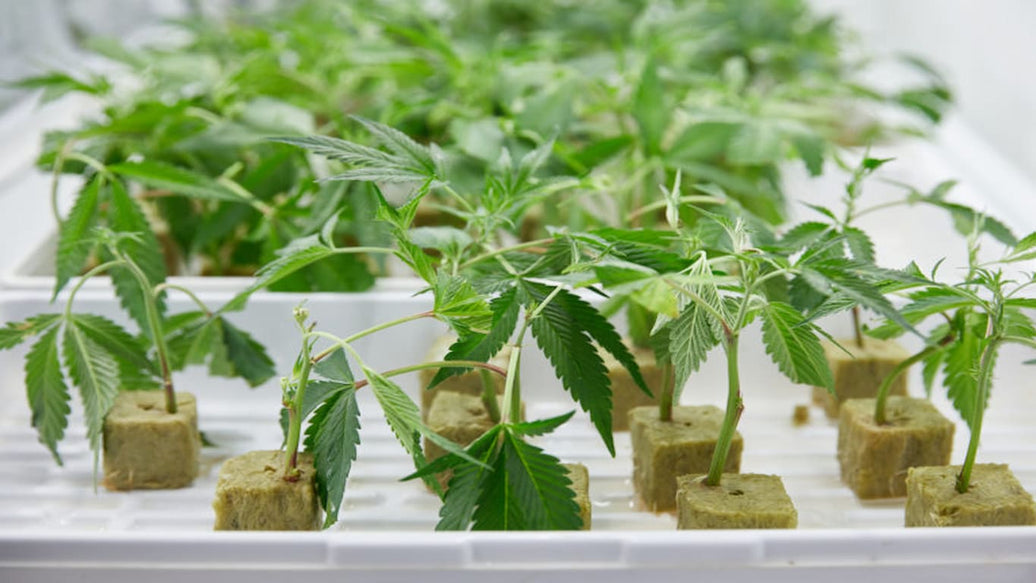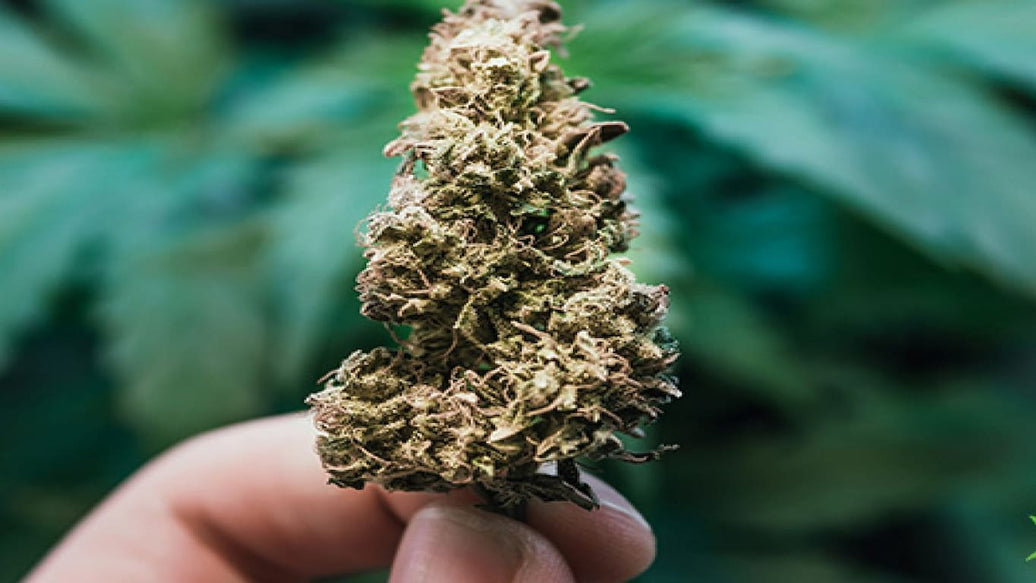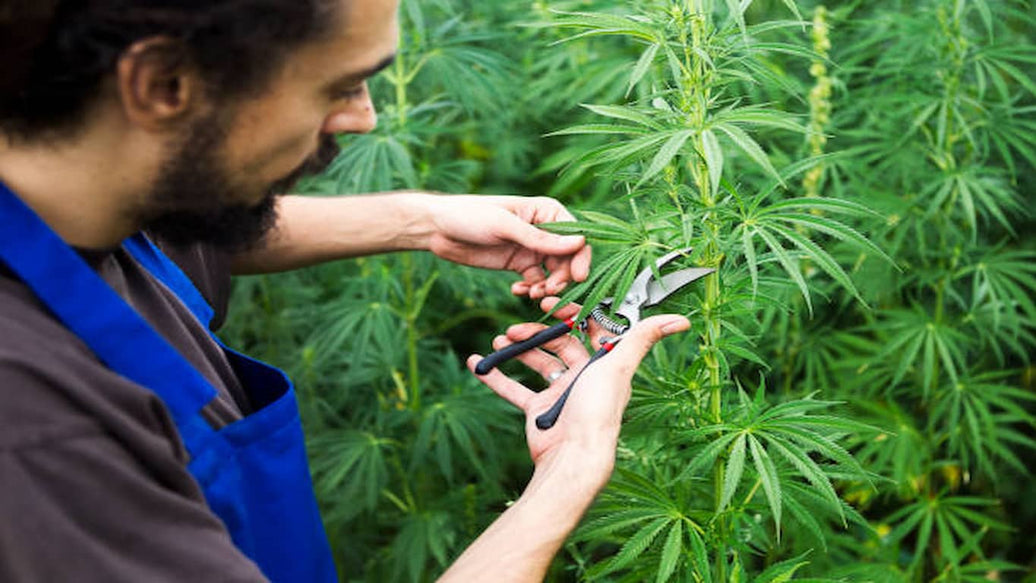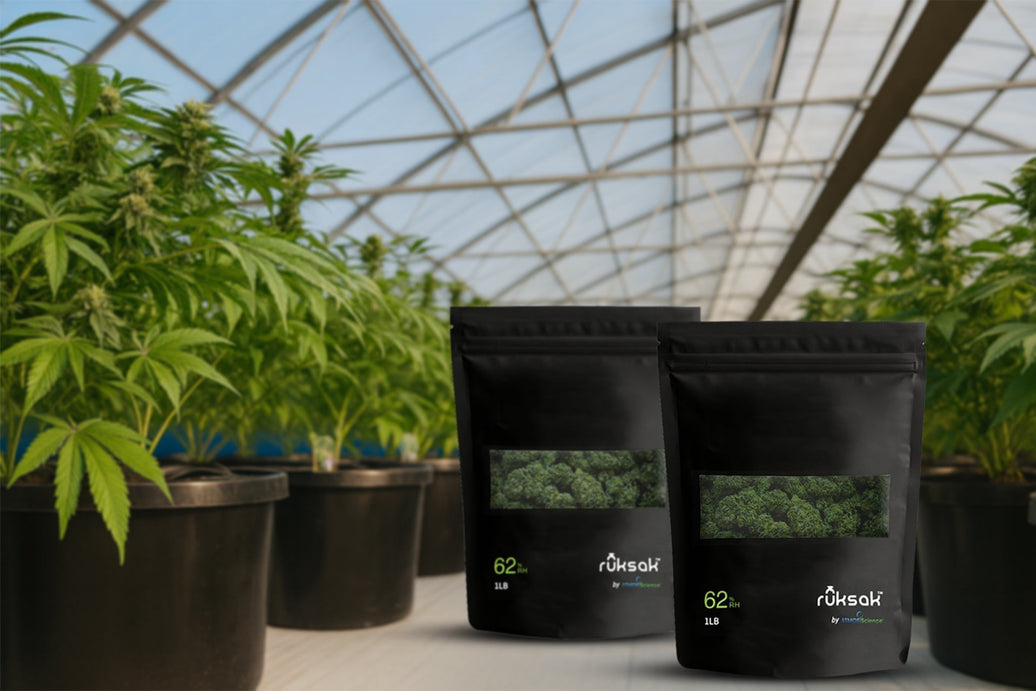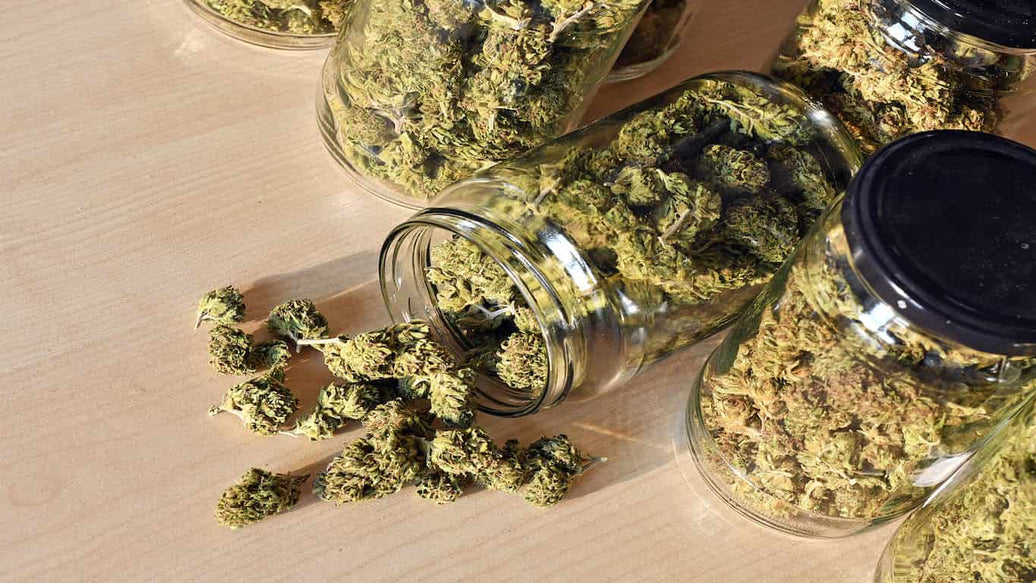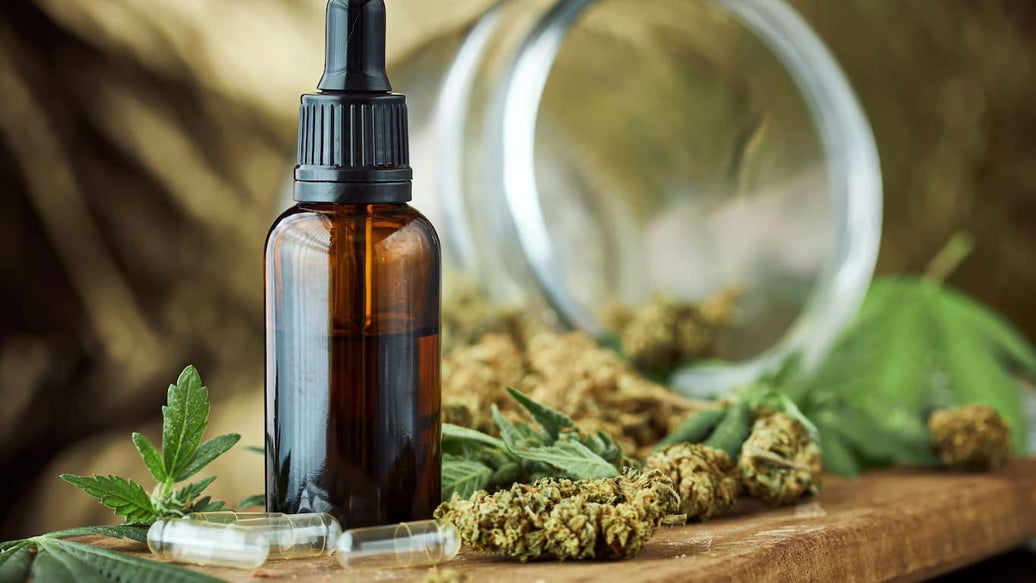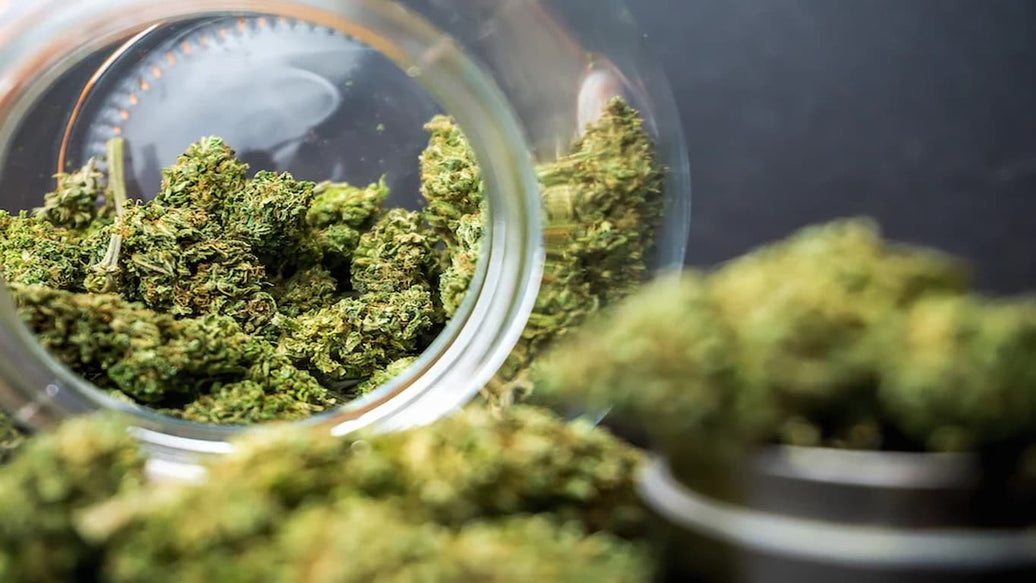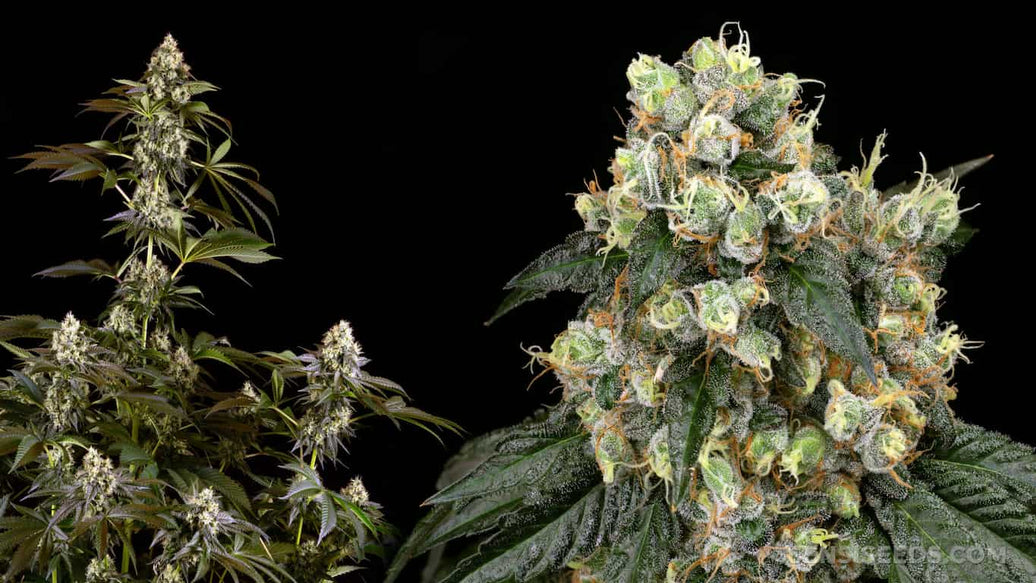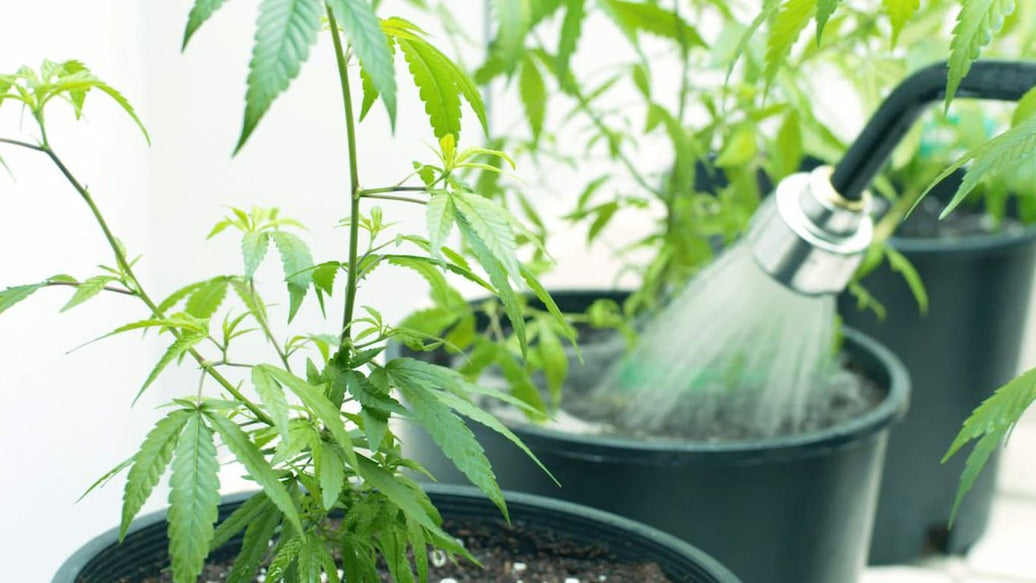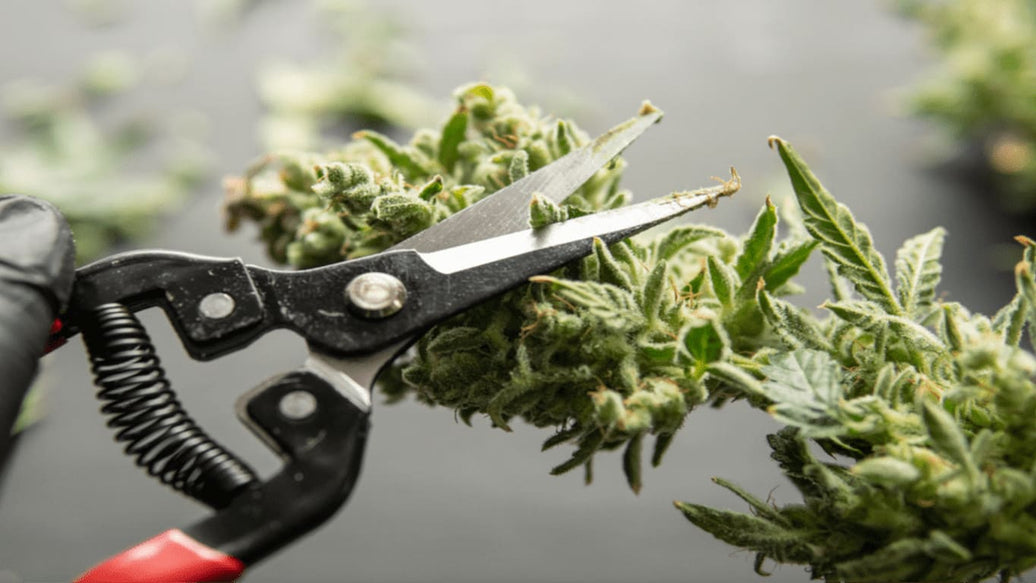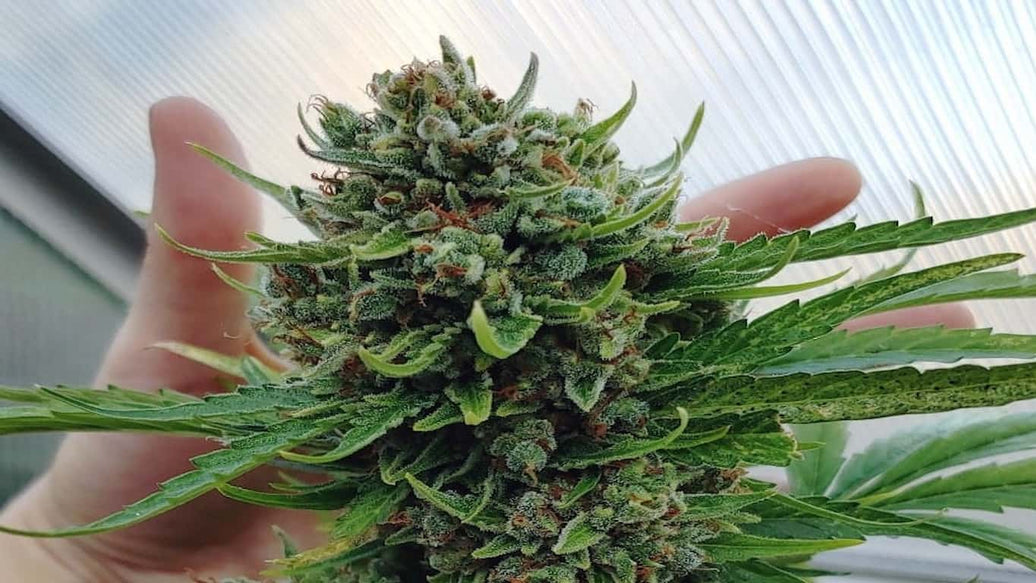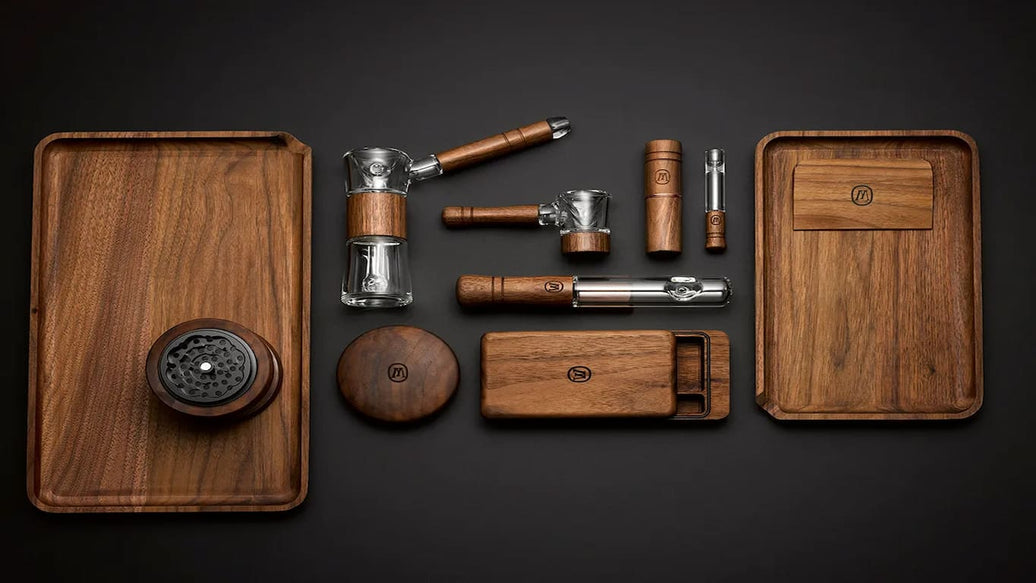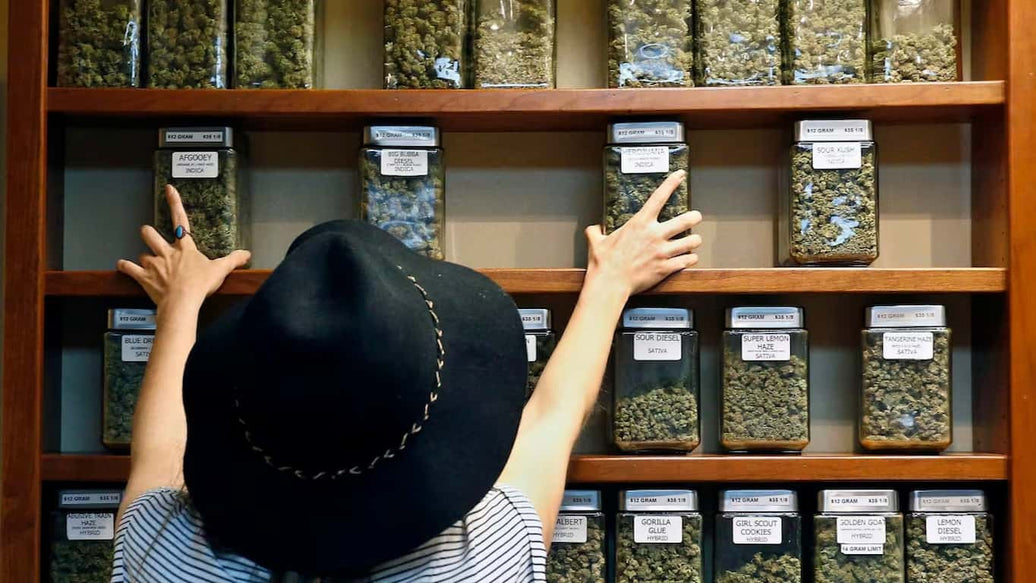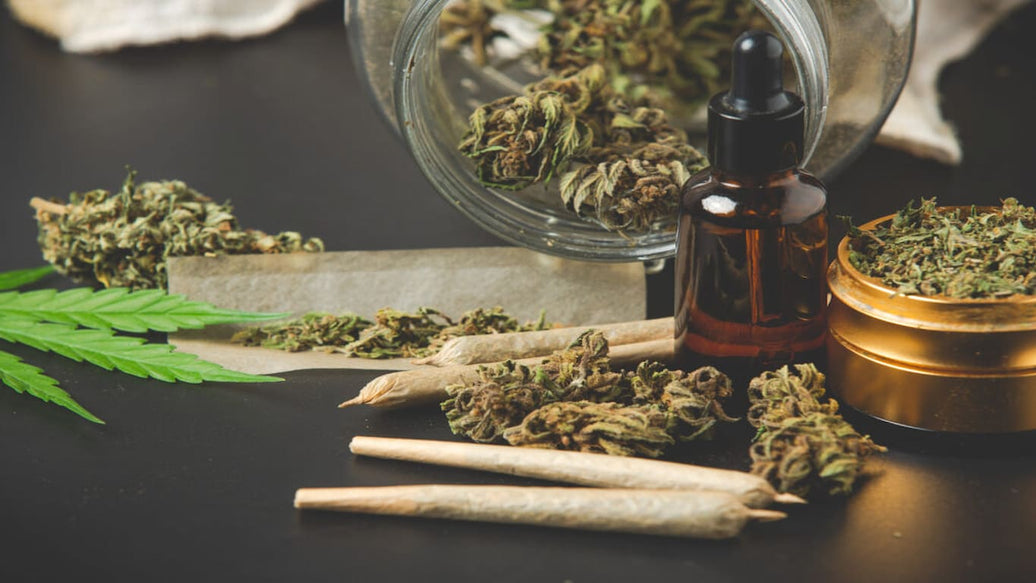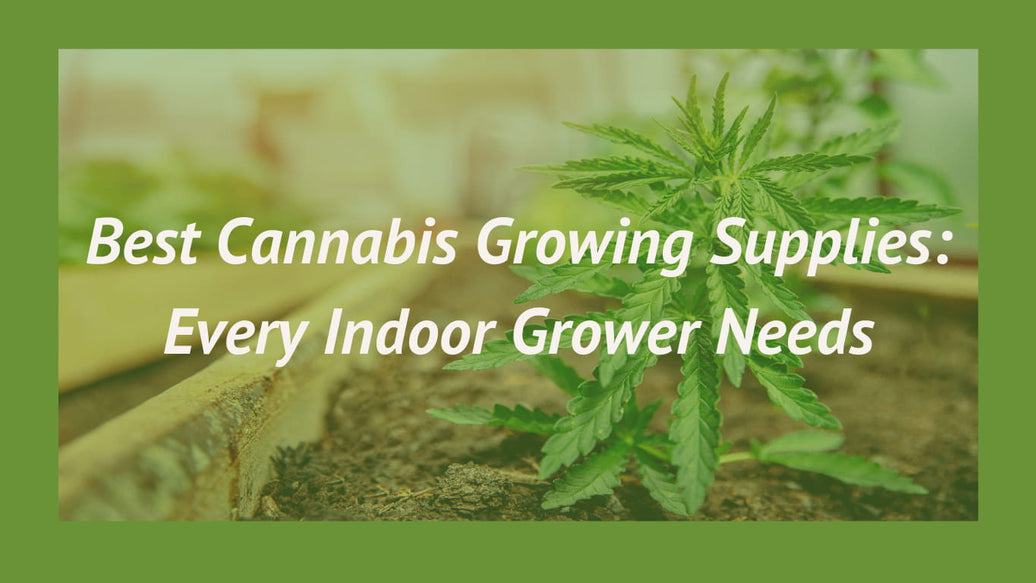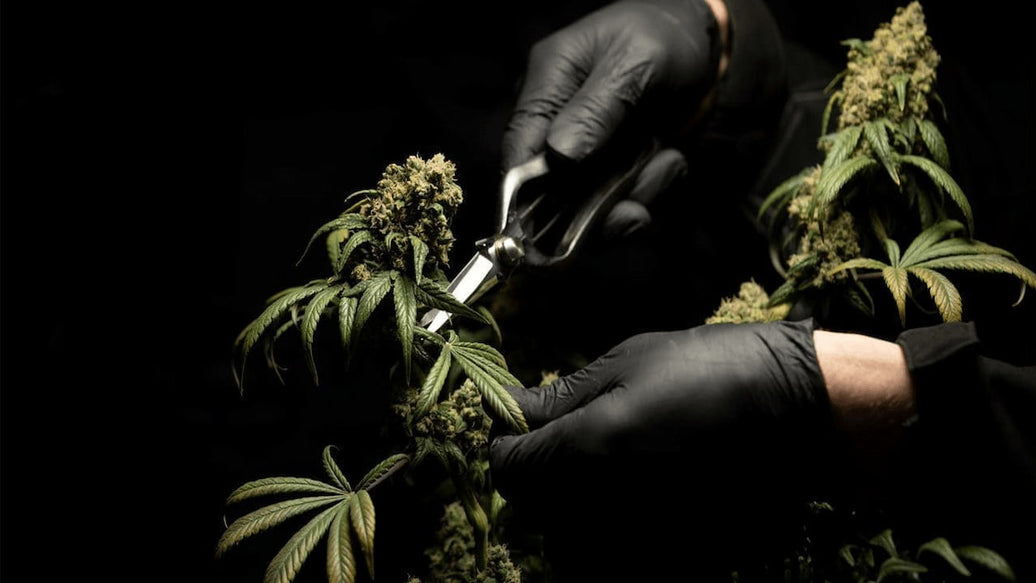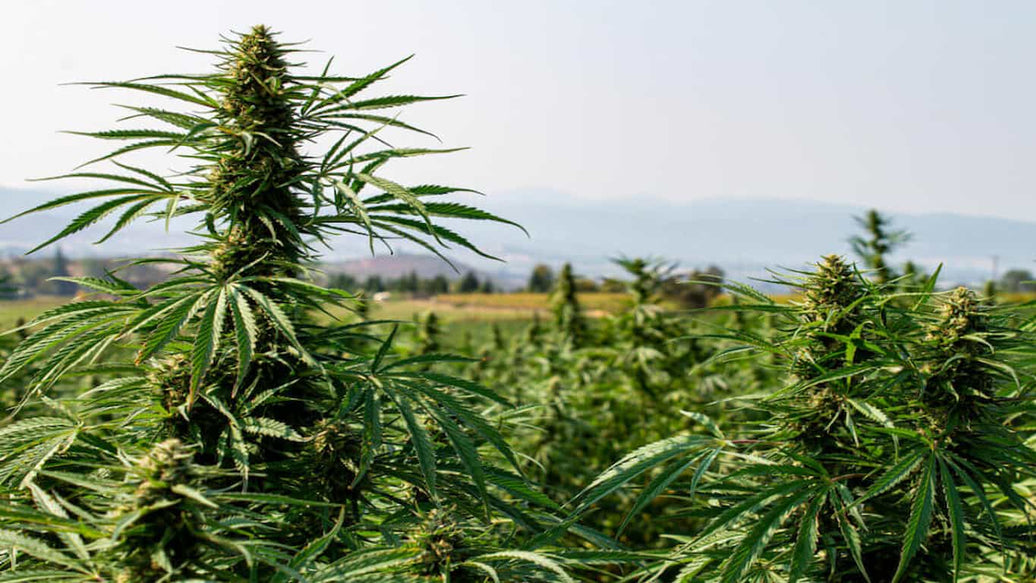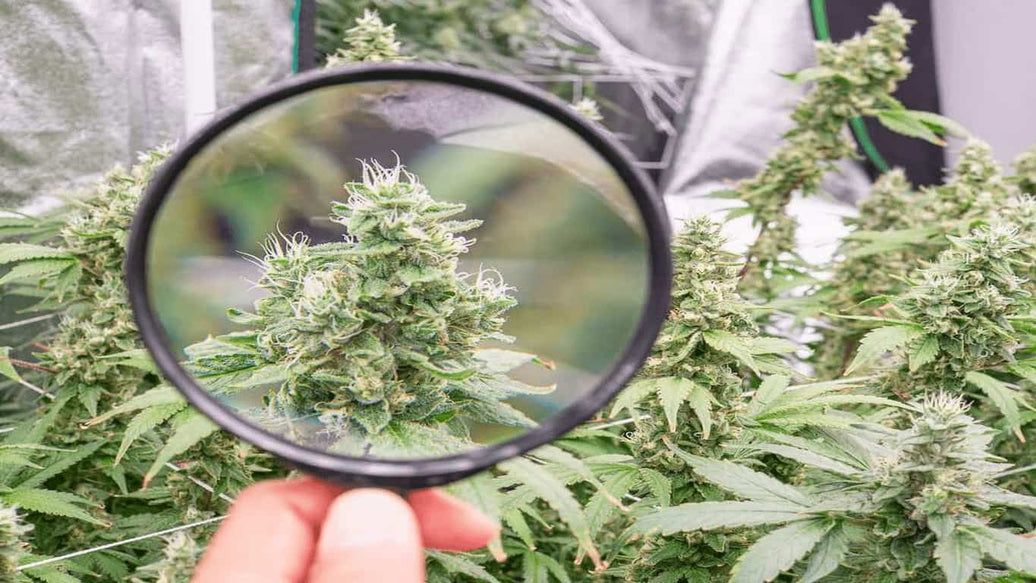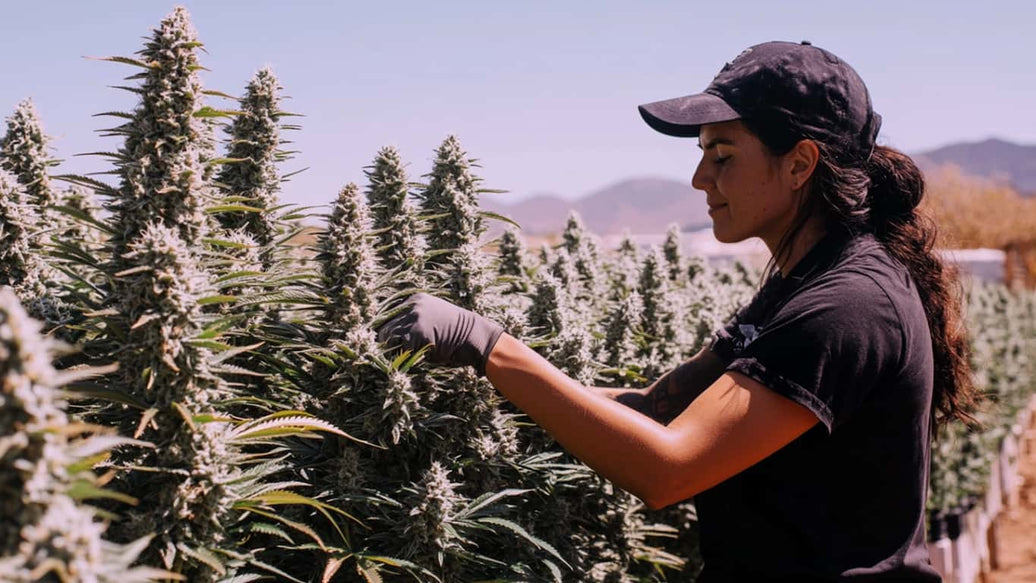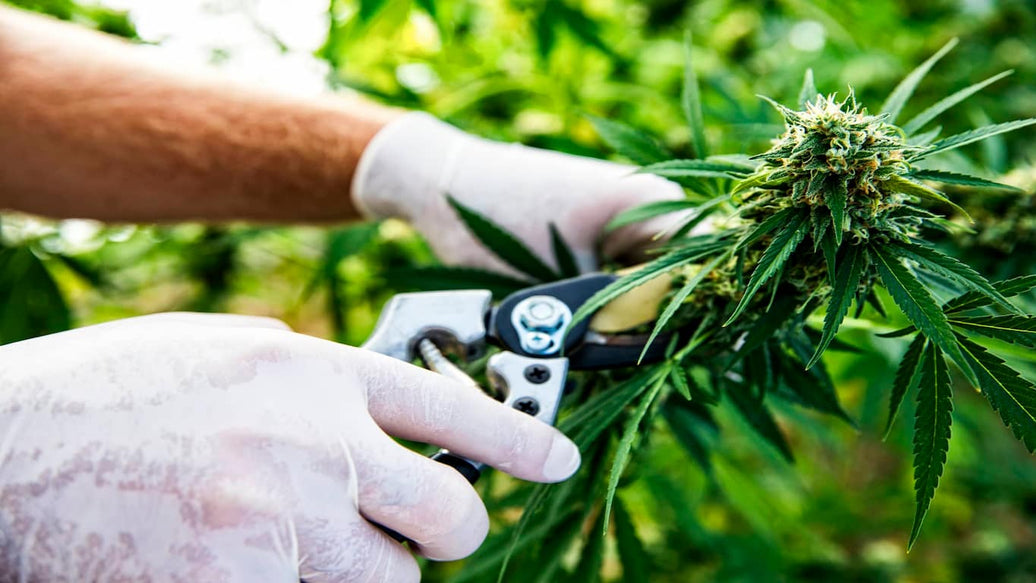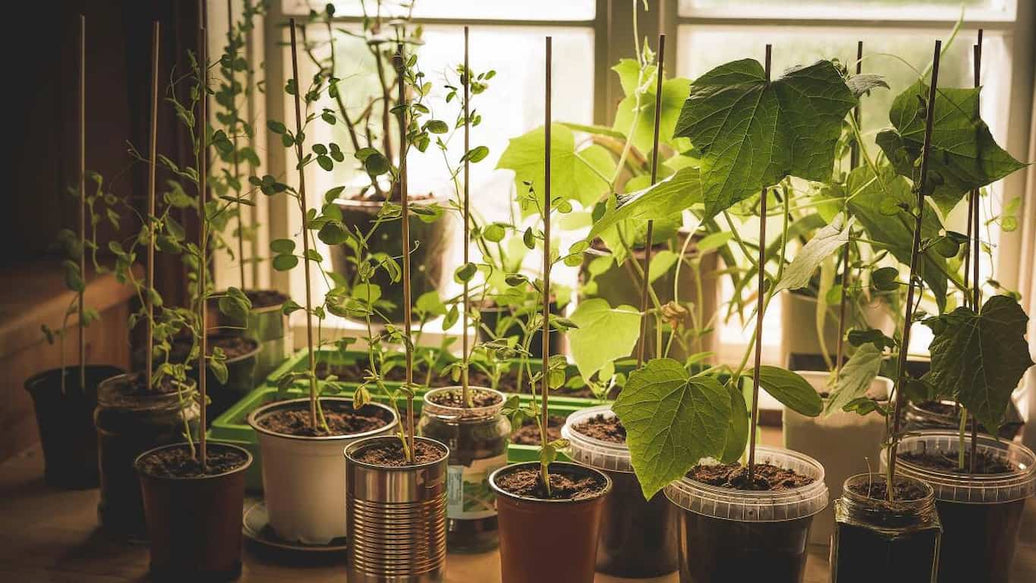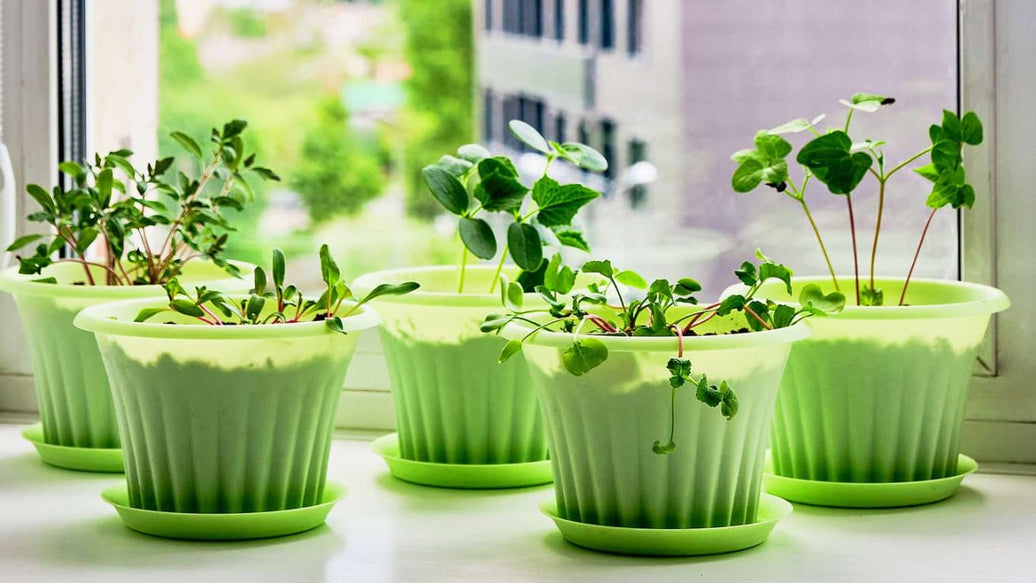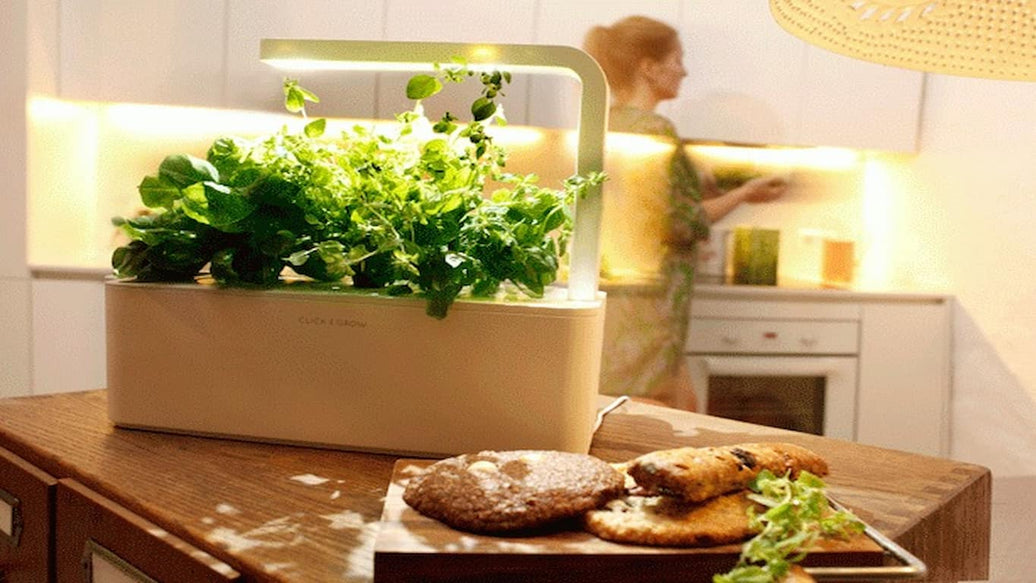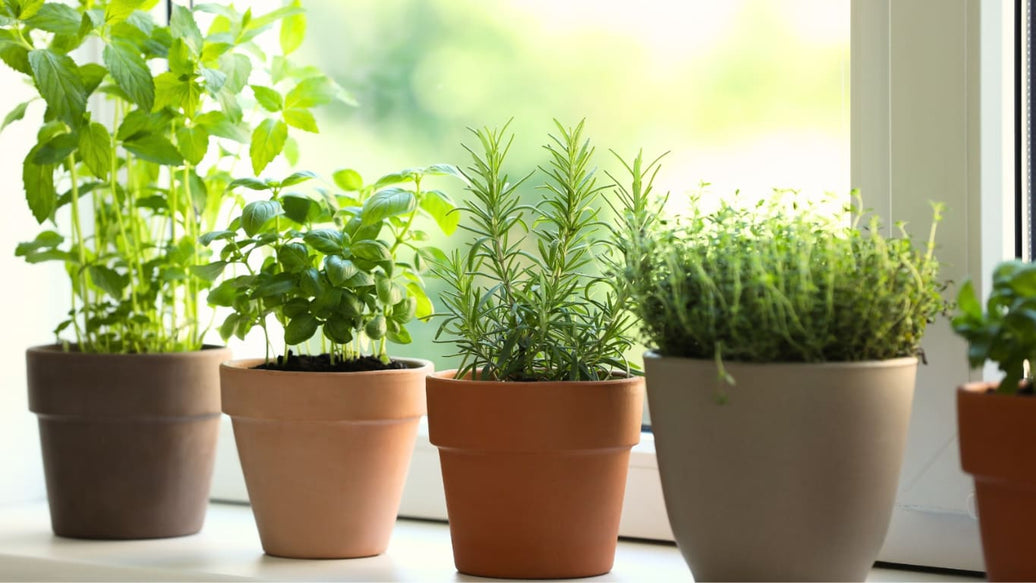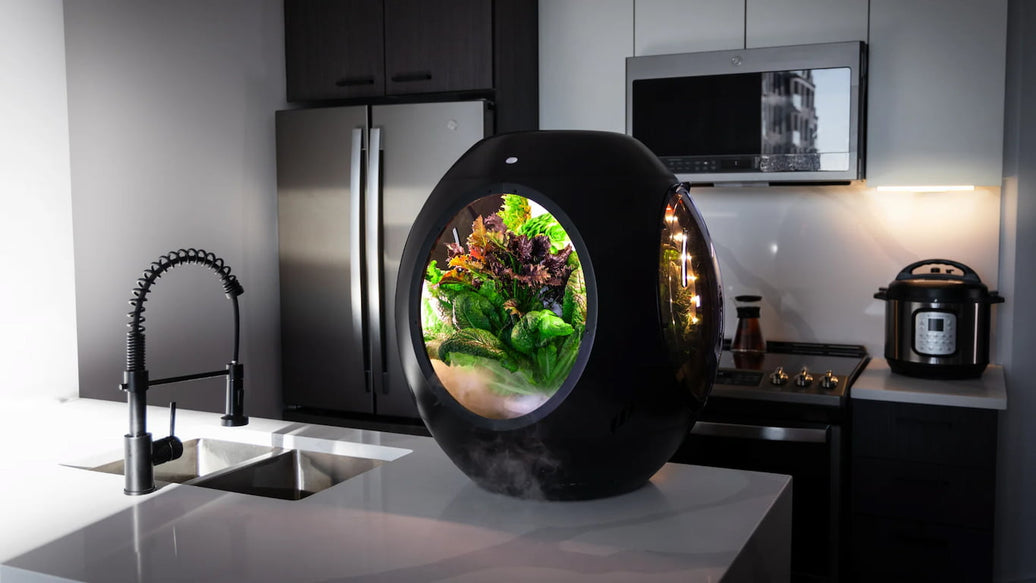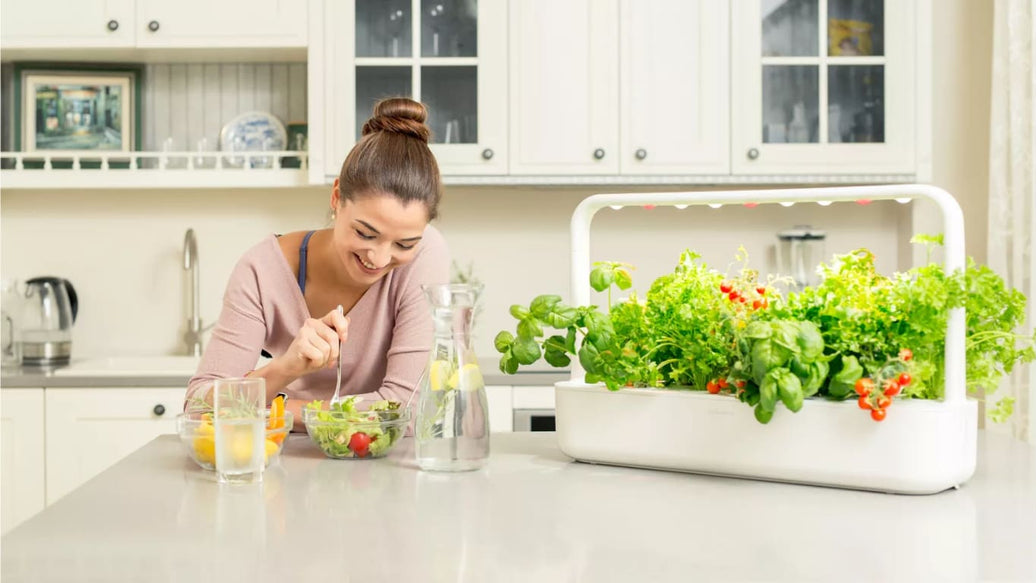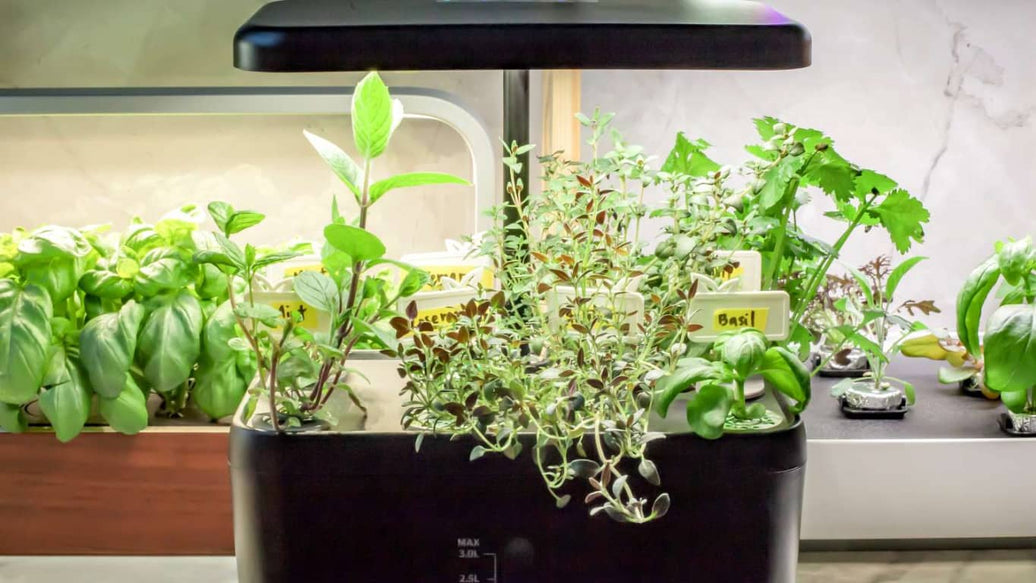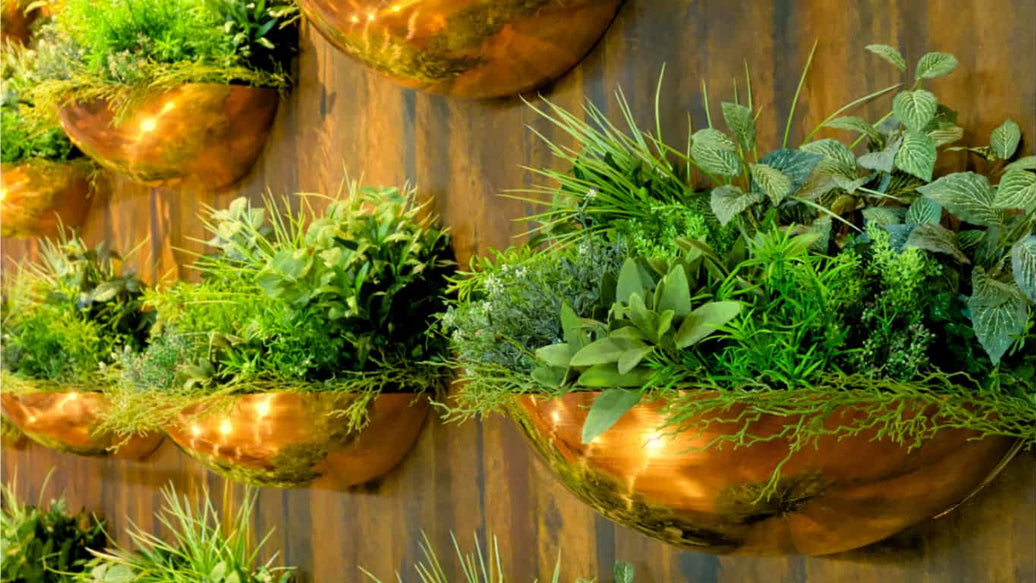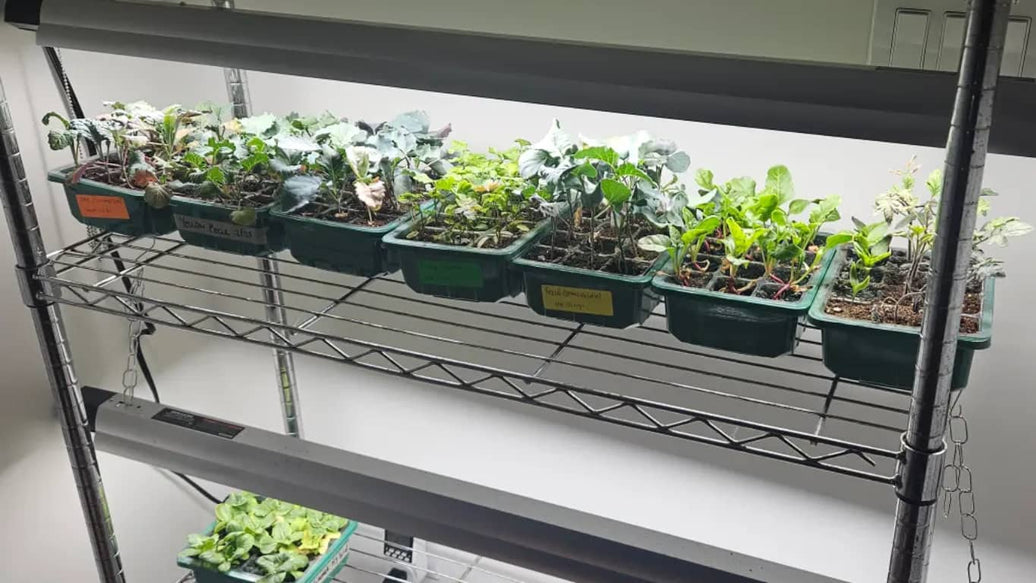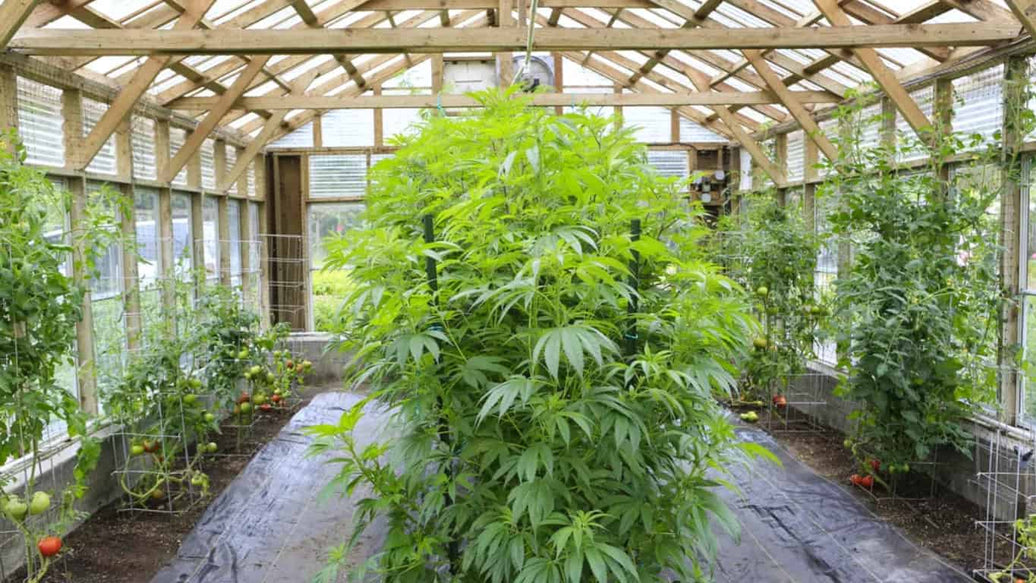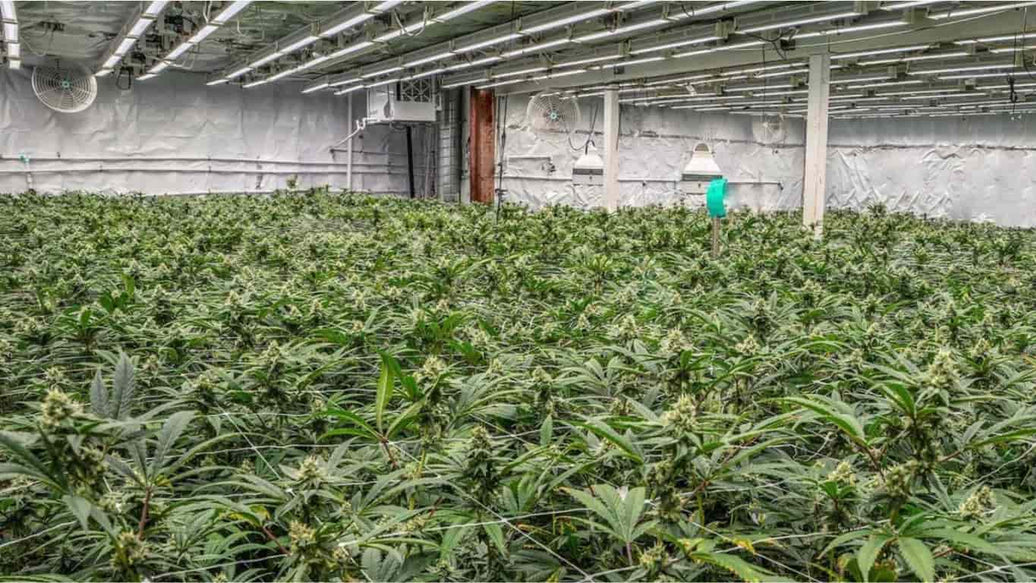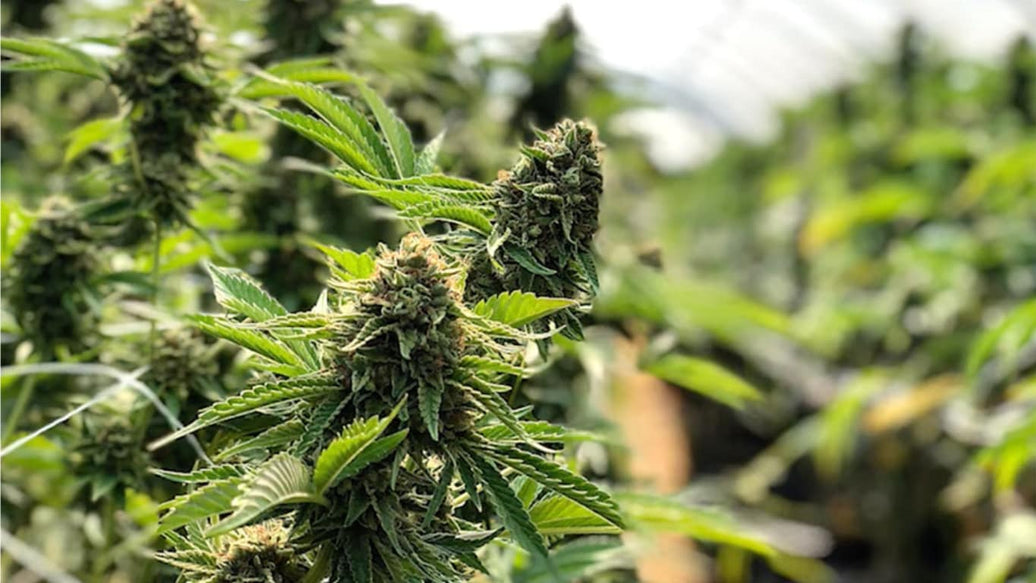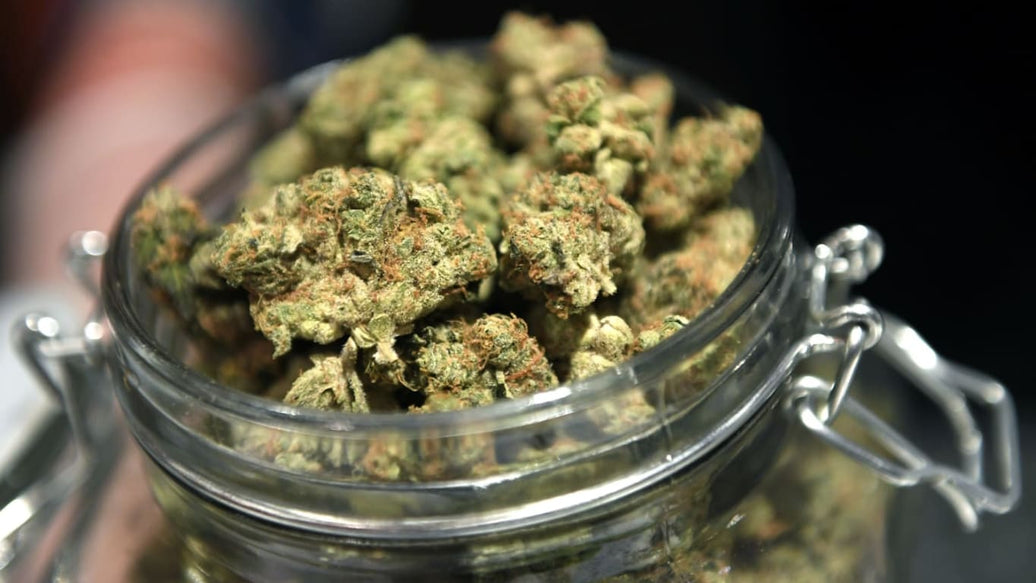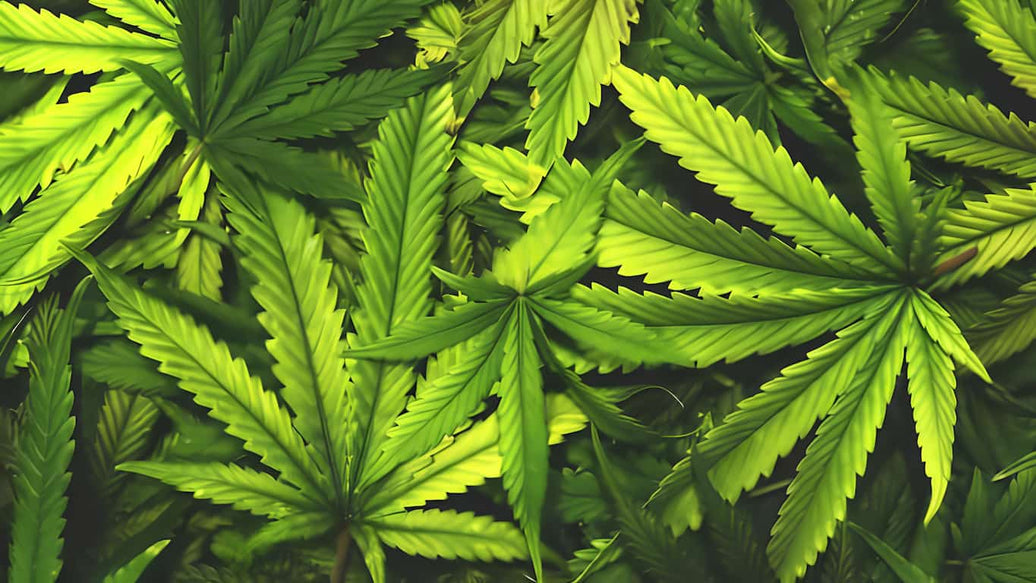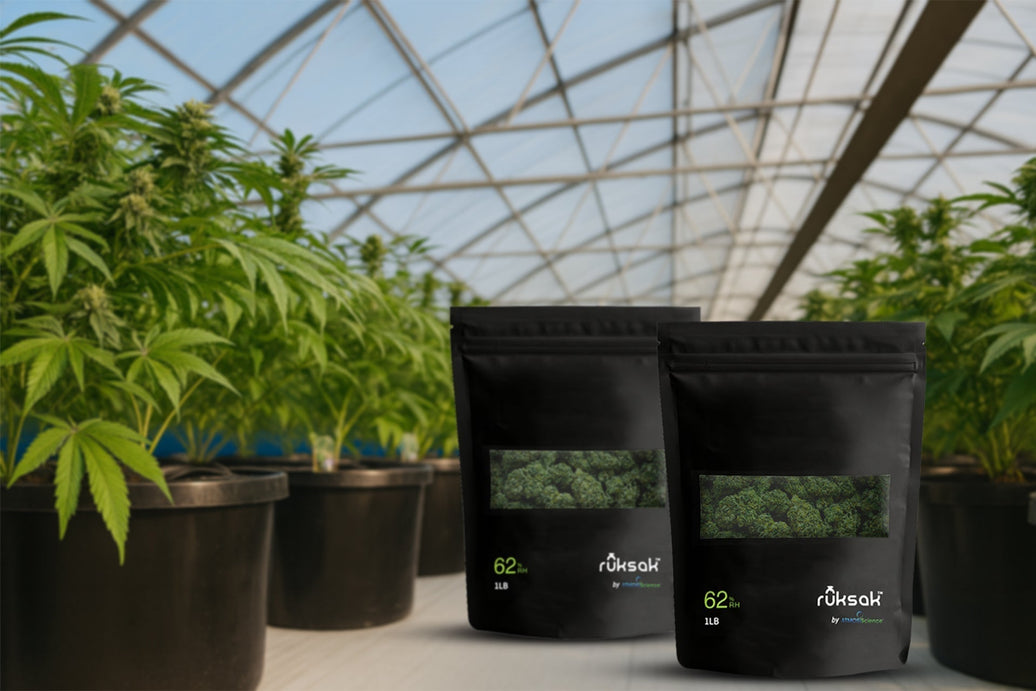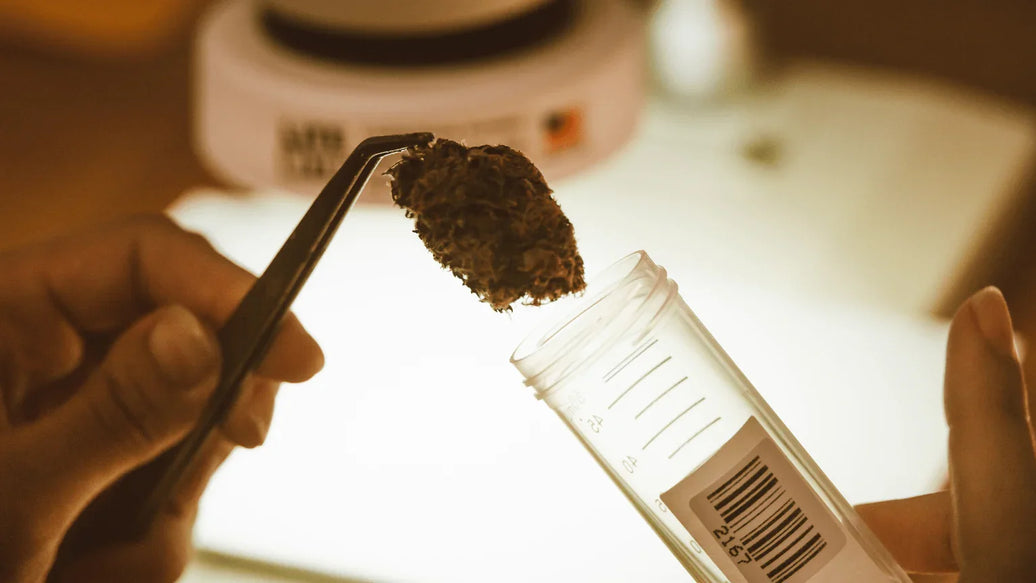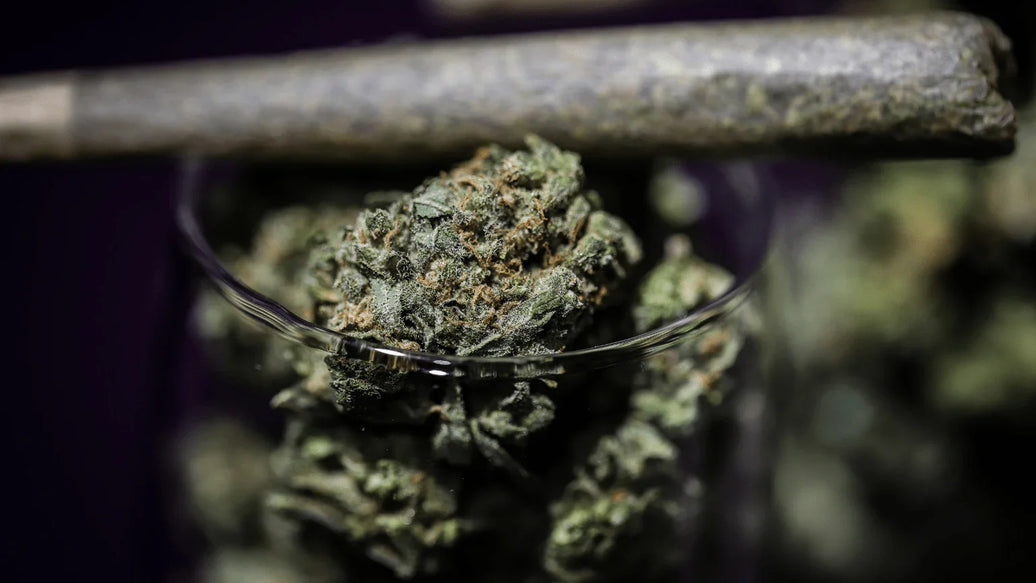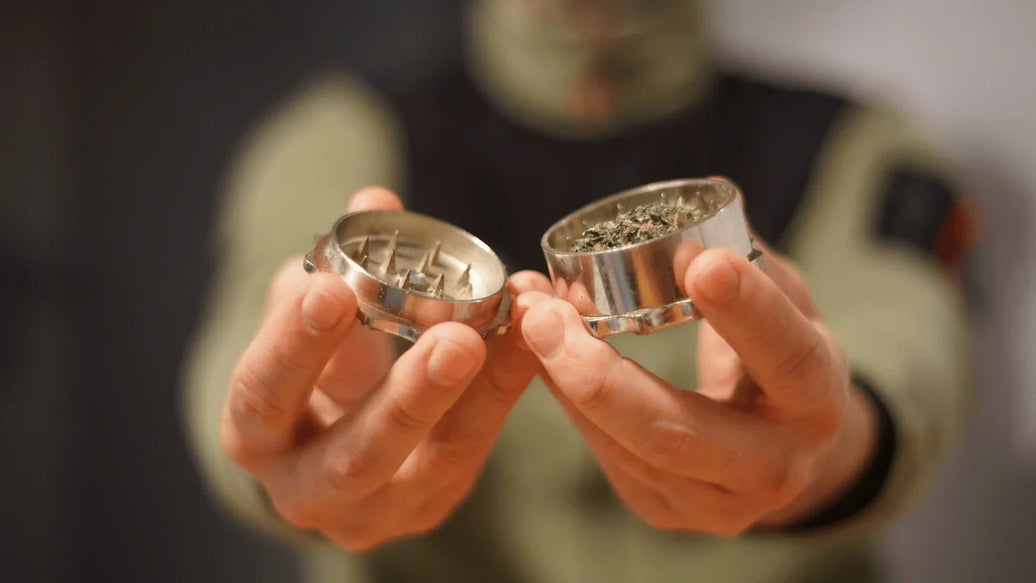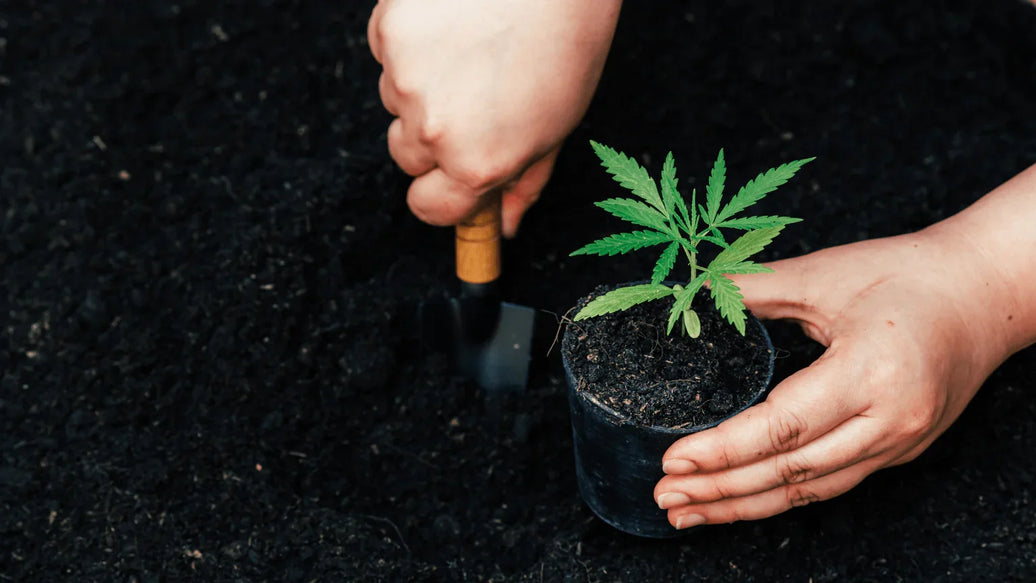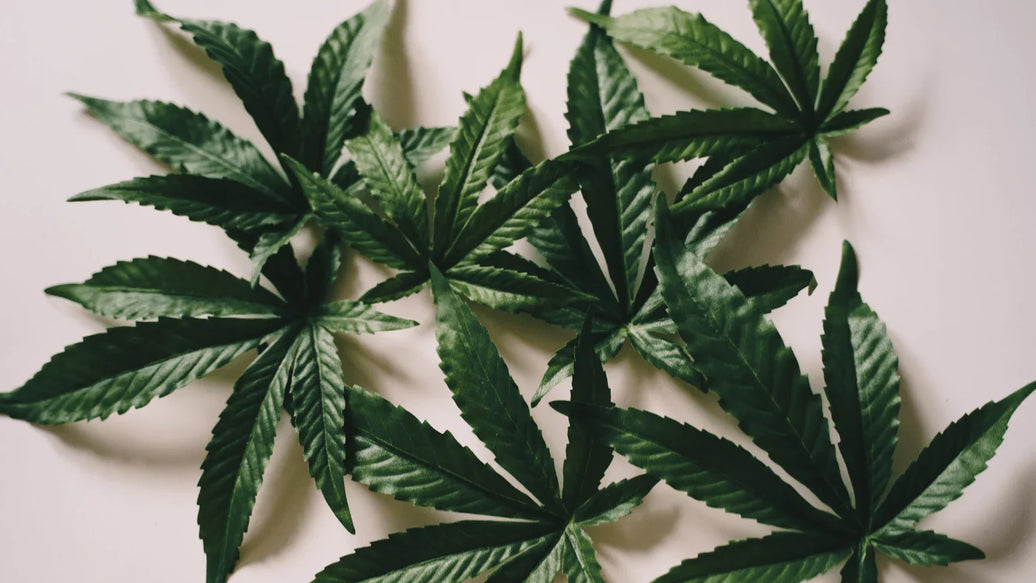If you’re short on outdoor space but still crave fresh herbs for cooking, an indoor small garden is a wonderful way to bring nature inside. Whether you’re building an indoor small herb garden, an indoor mini herb garden, or simply maintaining a small home herb garden, growing herbs indoors comes with its own challenges and delights. This guide breaks down the key factors that affect your indoor garden's success, including space management, lighting, watering, and proper herb selection, to help you create a thriving herb garden in any small space.

Why space is a crucial factor indoors
When gardening indoors, space isn’t just a matter of square footage - it’s about the environment your herbs experience on a micro-level. Space impacts root growth, light availability, airflow, and watering cycles in your small home herb garden.
Roots need sufficient room to spread and absorb nutrients effectively. In small containers typical of indoor small gardens, roots can easily become root-bound, curling around the sides and limiting plant development. This can reduce your herbs’ vigor and yield.
Air circulation plays a vital role, too. Cramped plants in enclosed spaces face greater risks from high humidity and stagnant air, which promote fungal diseases and pest issues. Ensuring adequate spacing, using shelving to separate pots, or employing a small fan can improve airflow significantly.

Lighting in small indoor spaces often falls short of what plants require for optimal photosynthesis. Herbs need bright, quality light - many indoor gardeners address this with full-spectrum LED grow lights, which simulate natural sunlight and encourage healthy growth even in dim corners.
Watering smaller pots is a fine balance. Limited soil dries out faster but can become waterlogged if overwatered. Monitoring soil moisture carefully helps avoid common issues like root rot and dehydration - both damaging to your indoor mini herb garden.
Understanding the needs of indoor herbs
At a biological level, plants use light to fuel photosynthesis via pigments absorbing specific red and blue wavelengths. Indoors, full-spectrum LED grow lights target these wavelengths to give your herbs a boost where sunlight is insufficient.

Soil quality also matters greatly. Because you’re working with limited soil volume in an indoor small herb garden, selecting a potting mix that drains well but retains nutrients and moisture is key. Organic matter like compost improves water retention and provides slow-release nutrients.
Maintaining a comfortable climate indoors supports stable growth. Most herbs thrive within a temperature range of 65 to 75°F (18 to 24°C) and moderate humidity levels around 50 to 60%. Avoiding temperature swings and overly dry air prevents stress that would otherwise stunt growth.
Selecting herbs apt for compact indoor gardens
Choosing the right herbs for your small home herb garden ensures better success and enjoyment. Some herbs naturally adapt better to container life and limited space.
- Basil: Known for its strong aroma and fast growth, basil is a favorite. It takes pruning well, responding by becoming bushier.
- Thyme: A hardy, slow-growing herb, thyme works well in pots due to its small size and drought tolerance.
- Oregano: Resilient and easy to grow indoors, oregano’s compact form suits small spaces.
- Rosemary: While it prefers bright light and good airflow, rosemary adapts when pruned and potted carefully.
- Mint: Very fast spreading, mint does best when contained in separate pots to avoid taking over your garden.
- Chives: Small and low-maintenance, chives fit nicely on windowsills or shelves.
Mixing these herbs in modular containers or vertical gardens maximizes limited floor or countertop space.

Setting up an efficient indoor mini herb garden
Selecting the right container is more than just aesthetics. For an indoor small herb garden, pots need at least 4 to 6 inches of depth to accommodate roots but should remain compact enough to use space efficiently.
Soil should be lightweight, well-aerated, and rich in organic content to support healthy root growth. Avoid heavy or dense soil mixes that trap water.
Since natural light can be spotty, using full-spectrum LED grow lights is advisable. Place the light 6 to 12 inches above the herbs and keep it on for about 12 to 16 hours a day, mimicking natural daylight cycles. Timers can automate this for consistency, which plants appreciate.
Watering demands close attention. Check soil moisture before watering to prevent over or underwatering. Tools like moisture meters or self-watering containers help maintain the right balance, especially in a busy household.

Good airflow is often overlooked. To prevent diseases related to humidity buildup in small spaces, install a small fan or open windows periodically to keep your garden fresh.
Propagation: Seeds, cuttings, and plant starters
Starting plants from seeds allows more variety choices but requires patience and some space for seedlings. Propagation from cuttings, on the other hand, accelerates growth and ensures genetic consistency, useful with favorite herbs like rosemary or mint.
Seedlings start best in small trays and then get potted individually when roots develop. Keep plants spaced about 4 to 6 inches apart to foster air circulation and reduce disease risk.
Regular pruning helps keep your indoor mini herb garden compact while encouraging fuller, bushier growth. This is especially important in confined spaces where leggy plants can take up more room than necessary.

Caring for a healthy indoor herb garden
Limited soil volume in small containers means nutrients get used up quickly. Feeding herbs every couple of weeks with a diluted fertilizer supports strong growth.
Pruning lets you harvest while encouraging plants to produce more leaves. Removing flowers prevents bitterness and focuses the plant’s energy on foliage.
Keep an eye on your lighting setup and adjust as your herbs grow or as seasons change. Plants’ light demands may shift, and meeting them keeps growth vigorous.
Pest control matters indoors. Aphids, spider mites, and other pests aren’t uncommon but can be managed easily with natural remedies like neem oil or insecticidal soaps to keep your herbs clean and safe.
Why growing herbs indoors makes sense
Homegrown herbs often outperform store-bought varieties in flavor and nutritional value, retaining more antioxidants and essential oils when harvested fresh.
Indoor gardening has stress-relieving effects. Interacting with plants promotes calmness and enhances wellbeing - a welcome benefit alongside fresh herbs.
Producing your own herbs reduces packaging waste and transportation emissions compared to commercially sourced ones - a small but meaningful environmental contribution.
Moreover, many herb plants emit useful volatile compounds that help improve indoor air quality, enhancing your living environment’s freshness.

Common issues and solutions in small indoor gardens
If your herbs slow their growth or show yellow leaves, they might be root-bound and in need of repotting.
Overcrowding can cause mold or mildew. Thinning plants to improve airflow goes a long way to prevent these problems.
If your herbs look stretched or pale, it’s usually light deficiency. Moving your garden closer to windows or adjusting grow light distance can fix this.
Regular feeding prevents nutrient deficiencies common in container gardening.
Limited space doesn’t have to limit your gardening. With an understanding of your plants’ needs and the right setup, your small home herb garden or indoor mini herb garden can thrive and provide fresh, flavorful herbs year-round. Harness the science and enjoy the greenery - even in the tiniest corners of your home.

